Why you might see a firefighter before a paramedic during a medical emergency
Some fire departments in Nova Scotia are now spending more time helping people in medical distress than they are fighting fires, as the scope of duties firefighters perform continues to expand.
Over the years, responding to everything from heart attacks to injuries caused by car accidents has gradually become an essential part of a firefighter's work.
"Medical first response is probably the largest volume of calls that the fire service responds to in the province right now and represents more than 30 per cent of the calls we answer," said Jim Roper, president of the Fire Service Association of Nova Scotia.
The association represents the interests of the province's 273 fire departments. About 80 per cent of those departments offer some kind of medical first response, which means many firefighters are equipped to offer advanced first aid to help keep people alive until Emergency Health Services paramedics arrive, said Roper.
"In many cases the fire department can be on scene much faster than EHS can," said Roper. "Just logistically, if you're 40 miles from an ambulance base and the fire department is 10 miles away, just geographically you're going to get there faster."
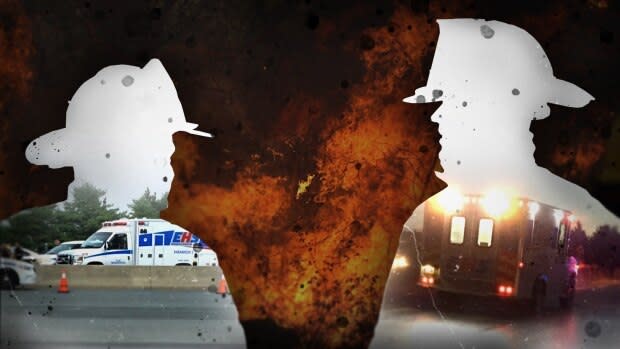
That's how the emergency system is supposed to work, according to Jeff Fraser, the director of provincial operations with EHS.
The paramedic service only has 63 bases across the entire province and its ambulances are often on the move to and from hospitals and emergency scenes. It's expected that firefighters will get to a scene first.
Fraser said the demand on the emergency response system is growing annually, with a three per cent increase in calls every year for the last 10 years. Last year, EHS responded to about 174,000 calls, including 4,500 that involved medical first responders like firefighters, he said.
He believes there could be multiple reasons for the jump in demand, including the province's aging population.
"I mean it's no secret, I'm sure you're aware of the number of challenges that we're having with offload and the closures and it's really pushing our system and our folks are working hard every day," said Fraser.

Firefighters are a key part in keeping that system going, as they help provide immediate medical care, according to Fraser. EHS has worked to train firefighters to handle emergency medical calls and has even provided equipment.
There's a lot of that work to go around.
The number of medical calls to fire departments is starting to balloon. In 2014, Halifax Regional Fire and Emergency answered 1,160 such calls. By 2018, that number had more than doubled to 2,724, according to data collected by the fire department.
It's not clear what has led to the increase, according to Chuck Bezanson, the assistant chief of core operations for Halifax Regional Fire and Emergency.
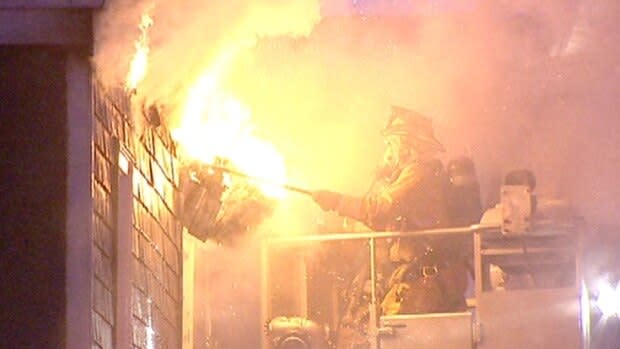
Some rural areas are feeling the pressure from all the medical assistance calls. The Tatamagouche Volunteer Fire Department is one of them. Fire Chief Mark Langille said EHS does great work, but the system has limitations.
"They are strained themselves, too. We have to pick up the slack some days," said Langille. "You feel some days like, you know, I didn't sign up for this, this isn't what, you know, we want to do."
What Langille wants to do is fight fires.
But the number of house fires in the province has been on the decline for years, according to Roper, while the need for medical assistance just keeps growing.
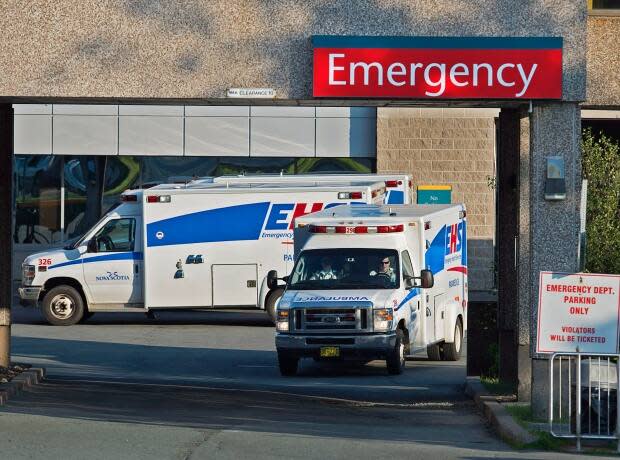
Fraser said fire departments choose to take part in the medical first responder program, and if any feels like it is doing to much, it can talk to EHS and discuss ways to reduce the number of calls it responds to.
"If it comes a point where they're not able to support that then they can select a different model that's in place. We have to provide that flexibility because we appreciate what they do for us," said Fraser.
And firefighters are doing a lot these days.
Besides battling fires and going on medical calls, many firefighters have supplemented their training to perform high-angle rescues, dispose of hazardous materials, do ice rescues, free people trapped in confined spaces, and even pump out flooded basements.
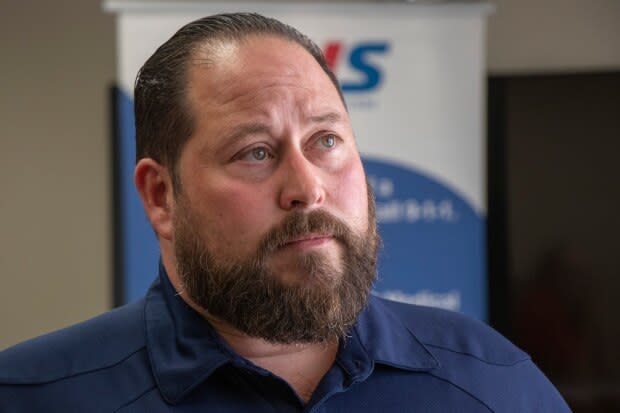
"It's just different, that's all. There's less fires but there's more public safety issues, I guess," said Langille.
Those public safety issues come up every summer in Langille's neck of the woods.
A popular swimming hole near a waterfall called Drysdale Falls has been the site of several drownings over the years. There's also been a number of successful rescues, thanks to the fire service.
Back in 2017 a young man jumped off the cliff near the falls and went into cardiac arrest when he hit the water. Firefighters were first on the scene and used CPR and a defibrillator to stabilize the man enough to move him, said Langille.
"We were actually power-sawing our way out. We had him on a stretcher in dense woods and everything else, and then get him out roadside and in an ambulance and down to a field and into a LifeFlight helicopter," said Langille.
That man was transported to Halifax and made a full recovery.
"That gentleman wouldn't be alive today if it wasn't for Tatamagouche Fire," said Langille.
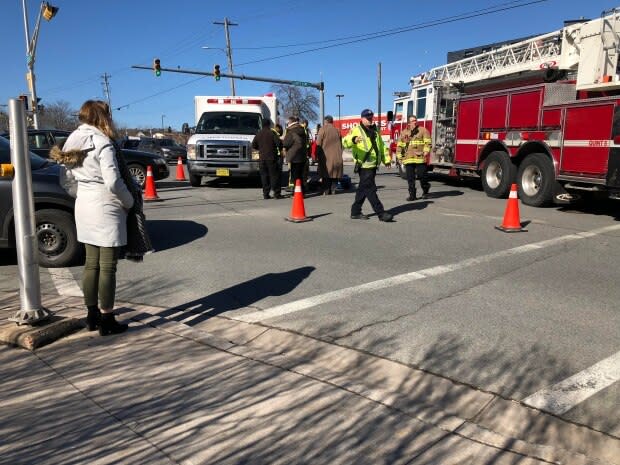
While the medical emergency response system continues to be strained, Fraser said EHS is working with government to design a new system to better manage the growing demands.
In the meantime, said Langille, firefighters will continue to step up and take on whatever emergency calls they can.
"Just keep it growing and evolving with the times is what we're doing," he said. "We have a lot of great community support, it kind of makes it worthwhile even through the bad times."
MORE TOP STORIES


